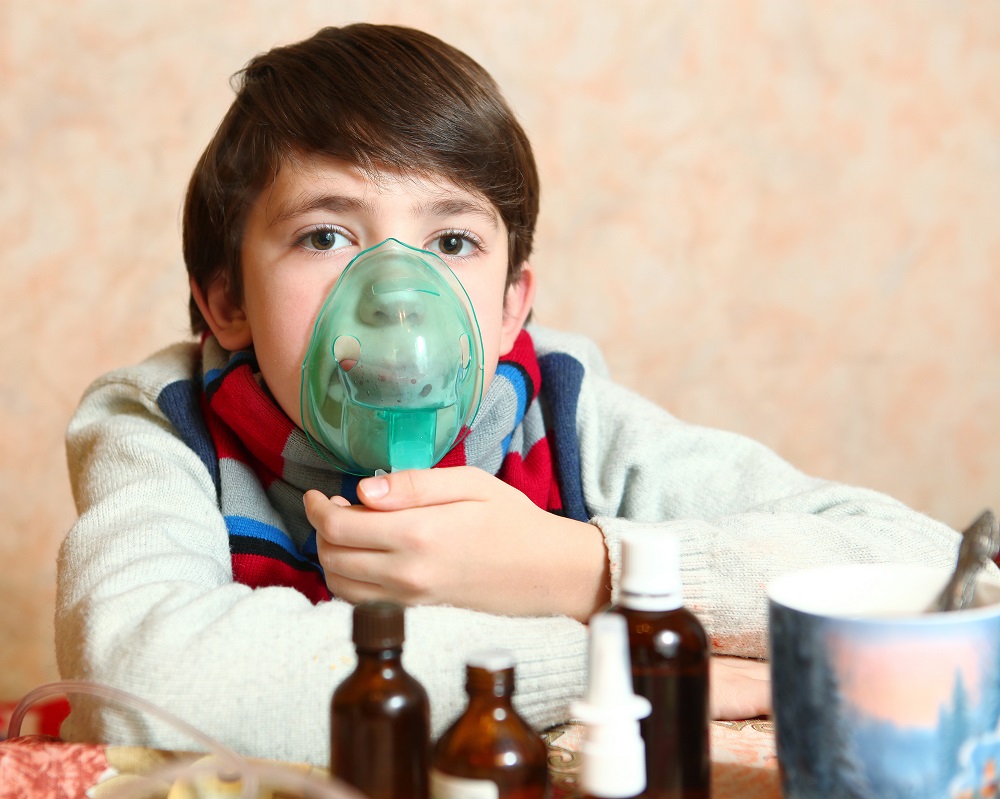Signs might include:
- In the beginning: typical cold with stuffy or runny nose
- Inflammation and swelling of the upper airway
- Harsh, loud barking cough (worse at night)
- Hoarse voice
- Fever
- Noisy breathing
Signs of croup usually last for three to five days.
However, a few children may develop airway obstruction and have to go to hospital if they show signs, such as:
- Making noisy, high-pitched breathing sounds while inhaling and exhaling
- Drooling
- Difficulty swallowing
- Faster breathing
- Difficulties breathing
- Anxiety
- Fatigue
- Blue or grayish skin around nose, mouth or fingernails
The condition is normally caused by a virus infection, quite often a parainfluenza virus. The child might contract a virus by breathing infected respiratory droplets coughed or sneezed into the air. Virus particles in these droplets can even be found on toys. By first touching the contaminated surface and then the eyes, nose or mouth, the kid may get infected.
Typically, the infection begins in the nasal membranes and then spreads to the vocal cords and windpipe. Many kids who come in contact with the viruses won’t get croup, but develop instead symptoms of a common cold. The viruses that cause croup peak in fall and early winter, i.e. outbreaks often occur in this time of the year.
Most conditions are mild. In only a few children, the airway swells enough to interfere with breathing.
Treatment at home
A child with mild croup may normally be treated at home. He/she often has to take children's paracetamol to ease the pain associated with croup and to lower the temperature if the child runs a fever. In addition, he/she should drink a lot in order to be well hydrated.
It’s also important to comfort the kid because the symptoms might get worse if he/she is distressed or cries. Sitting the child upright on the parent’s lap, singing lullabies and reading stories to him/her may often help to comfort the young patient. To reduce the inflammation in the throat, the doctor might prescribe a single dose of an oral corticosteroid medication to help reduce the swelling. However, there might be side effects, such as headache, upset stomach and vomiting.
Medical care
Urgent medical advice is needed if the child’s symptoms get worse. Shortness of breath e.g. is a major symptom of severe croup. Adrenaline through a nebulizer might help improve symptoms for up to two hours. Oxygen through an oxygen mask is given in case the child is distressed and has difficulties to breathe. In rare cases, the kid has to be hospitalized and needs intubation to breathe more easily. Intubation is normally performed under general anesthetic.
Preventive measures
As in the case of a flu or cold, frequent hand-washing is essential to prevent the disease. In addition, the child should stay away from kids with croup, and always cough or sneeze into his/her elbow. To ward off more serious infections, it’s important to keep the vaccinations of the child current.


